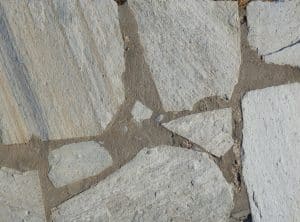Concrete is one of the most widely used construction materials globally, but its production has significant environmental impacts. As environmental awareness grows, the construction industry is shifting towards sustainable practices. Sustainable concrete offers a solution that minimizes these impacts while maintaining the strength and durability of traditional concrete. In this guide, brought to you by Utah Concrete Lifting, we’ll explore the environmental benefits of using sustainable concrete and why it’s crucial for a greener future.
1. Introduction
Concrete is a fundamental building material, but its environmental impact cannot be ignored. Sustainable concrete offers a way to reduce these effects without compromising structural integrity.
2. What Is Sustainable Concrete?
Sustainable concrete, also known as green concrete, is designed to minimize its carbon footprint throughout its lifecycle, from production to disposal. It incorporates various environmentally friendly practices and materials.
3. Reduced Carbon Emissions
Traditional concrete production is a significant source of carbon dioxide emissions. Sustainable concrete aims to reduce these emissions through improved production methods and the use of alternative binders like fly ash or slag.
4. Resource Efficiency
Sustainable concrete prioritizes efficient use of resources. It minimizes waste and optimizes the use of raw materials, reducing the environmental impact associated with extraction and transportation.
5. Extended Lifespan
Sustainable concrete is engineered for durability and longevity. Longer-lasting structures require fewer replacements, resulting in reduced resource consumption and less waste.
6. Recycled and Alternative Materials
Sustainable concrete often incorporates recycled materials like crushed concrete or glass, further reducing the demand for virgin resources. It also explores alternative materials like geopolymers, which have a lower carbon footprint.
7. Improved Air Quality
Sustainable concrete reduces the emission of pollutants during production, contributing to better air quality in local communities. This is achieved through cleaner production methods and reduced energy consumption.
8. Energy Efficiency
The production of sustainable concrete aims to reduce energy consumption, leading to lower greenhouse gas emissions. Additionally, energy-efficient buildings using sustainable concrete can result in ongoing energy savings.
9. Lower Water Usage
Traditional concrete production requires substantial water usage. Sustainable concrete production methods reduce water consumption, contributing to water conservation efforts.
10. Conclusion
Sustainable concrete is not just an environmental necessity; it’s an opportunity for the construction industry to embrace greener practices. By choosing sustainable concrete, we can reduce carbon emissions, conserve resources, and create more resilient and eco-friendly infrastructure.
At Utah Concrete Lifting, we are committed to sustainable practices and offer environmentally friendly concrete solutions. If you’re interested in incorporating sustainable concrete into your projects or have questions about its benefits, contact us at 801-396-0391 or fill out our online form here.



